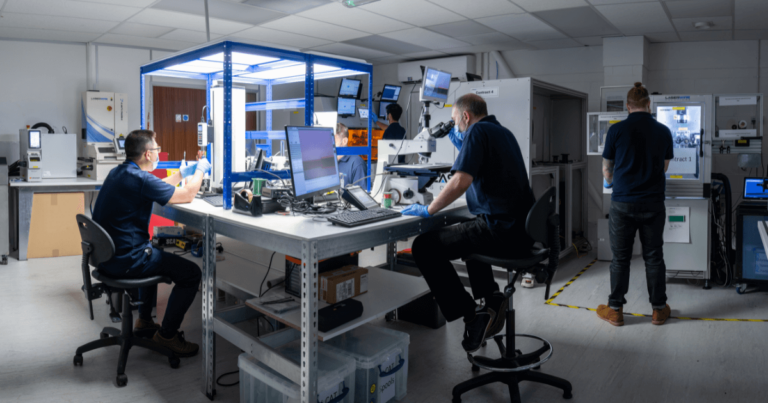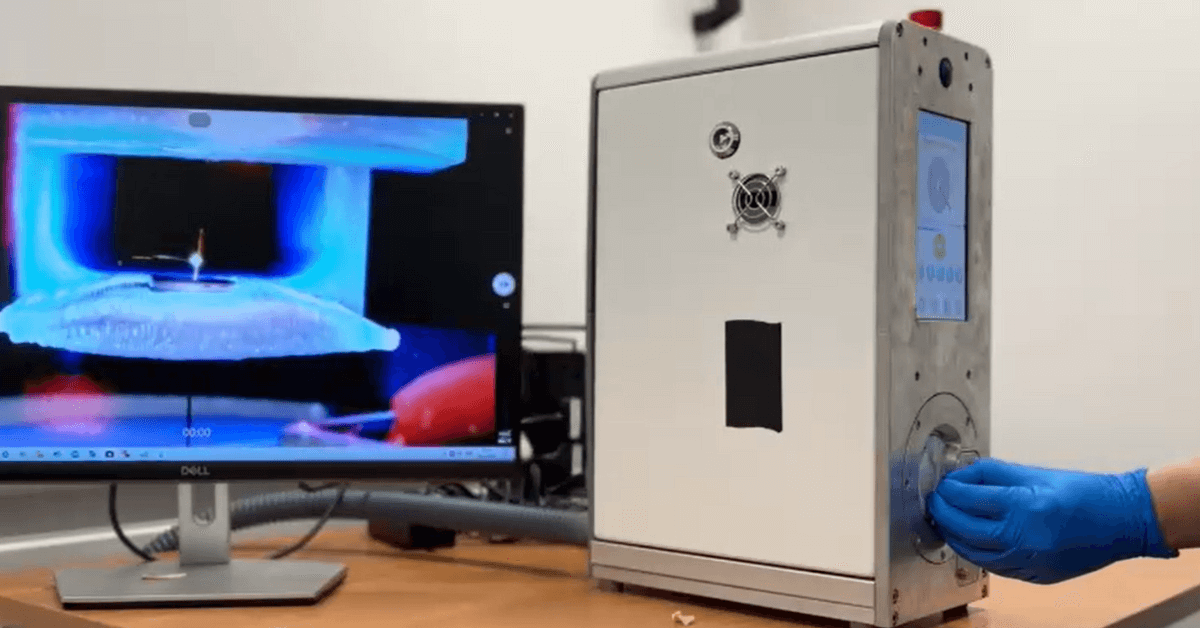Laser Type
The key to laser wire stripping is finding the laser type that strongly interacts with the layer you want to remove and yet is reflected from the underlying layer.
With combinations of the color of the light (the laser wavelength) and the duration of the laser pulses, an incredible range of different processes can be achieved. This includes:
- vaporizing insulation from metallic conductors or shields
- removing metallic shields from on top of insulated wires
- cutting wires
- cleaning surfaces
Polymers strongly absorb light in the deep-infrared part of the spectrum – no matter the material or the color. They also absorb strongly in the deep-ultraviolet part of the spectrum. In between different polymers behave differently, but on the whole they are largely reflective or transmitting.
Although polymers absorb strongly at both ends of the spectrum, they do so in very different ways. At the deep infrared wavelength the light shakes the polymers molecules until they break apart.
The laser is effectively a very controllable form of heat. In the deep UV spectrum, the atoms’ electrons absorb the light and eject them causing the atoms to be ripped from the wire surface. There is very little heat involved so adjacent material is largely unaffected.
Metals all reflect very strongly in the deep infrared part of the spectrum, absorb strongly in the near-infrared and visible regions and partially absorb in the UV.
For wire stripping of polymer insulations from metals, the deep infrared is a perfect laser source as it is strongly absorbed by the plastic and then reflects from the conductor or shield. For most applications, the “hot” process is not a problem.
With the most critical medical applications, thermal damage can be a problem. For these applications the more expensive ultraviolet laser sources are used to allow “cold” vaporization of the insulation.
Our machines and the laser type used:
| Machine | Laser | Application |
| Mercury | Deep infrared | Insulation stripping |
| Gemini | Near infrared | Metal cutting / enamel removal |
| Odyssey | Ultraviolet | Fine wire enamel stripping / fine wire cutting |
Methods of Stripping a Wire
When stripping a wire (or cutting a shield) – there are 3 main methods:
- Cross-Cut – the laser spot moves perpendicular to the wire to separate a slug of insulation
- Cross-Cut and Slit – after the cross cut, the laser beam moves along the wire to help peel off the slug
- Area Ablation – the spot is moved back and forth to fully vaporize an area of insulation
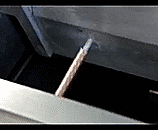
Cross-Cut only.
The above example is a coaxial cable. The laser beam moves perpendicular to the cable (from above and below). Two cuts are made – one for the jacket and one for the inner dielectric.
Once cut, the Operator can pull off the insulation by hand. By leaving this until immediately before termination it is possible to prevent fraying of the shield or stranded conductor.
The cross-cut method works if the insulation is not bonded and if the slug (waste piece) is short so there is not too much friction.
The simplest moving optics machines only move the laser light in one axis (across the wire). To set the strip position along the wire – the wire is pushed up against a movable back stop.
Changing the backstop position changes the strip length. A more sophisticated machine allows the laser spot to move in 2 axes – across and along the wire.
This allows slits along the wire to be created – but also allows the cables to be placed up against a fixed back stop so that the strip position is programmed.
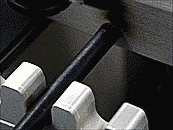
For longer slugs (typically found when stripping the jacket of a cable) – it is helpful to also slit along the cable as it is difficult or impossible to pull off the insulation.
This allows the slug to be peeled away from the cable. If two cross-cuts are made with a joining slit, a window can be made in the cable jacket.
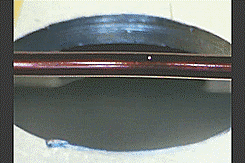
For bonded insulation – it is not possible to peel off the insulation – even when slitting the jacket. In this case the insulation must be totally vaporized. The laser beam needs to be moved at high speed perpendicular to the wire and this “ablation line”, moved slowly along the wire to totally vaporize the insulation.
This is not the preferred method as it is slower than the cross-cut & slit and can leave a residue – but for some bonded materials there is no choice. A good example is the bonded enameled insulations found on motor windings.
Careful selection of the laser can avoid residue issues – but for the best quality strip always use a pulled off slug if possible.
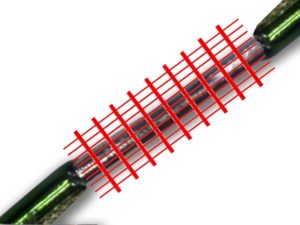
A hatched stripping pattern used to ablate an area of bonded insulation.
Summary
Below is a table outlining our machines in relation to the optics they use, the application they are suitable for and the materials used in those applications.
| Machine | Optics | Application | Material |
| Mercury-2 | Moving optics – 2 axes | Cross cut & slit, windows | All polymers |
| Mercury-4 | Galvo scanner | Cross cut & slit, windows, area ablation | All polymers |
| Gemini-2 | Moving optics – 2 axes | Shield cutting | Metals |
| Odyssey-4 | Galvo scanner | Area ablation | Enamels |

